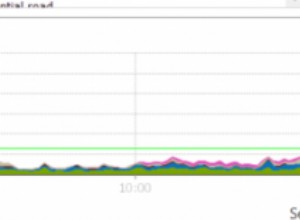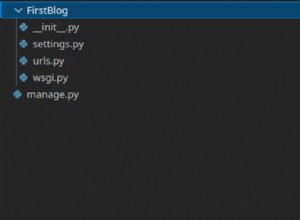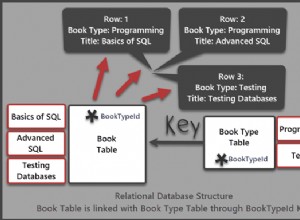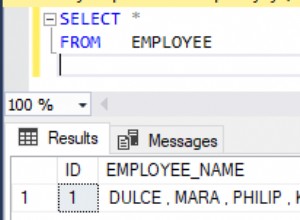CREATE DEFINER = 'root'@'localhost'
PROCEDURE test.GetHierarchyUsers(IN StartKey INT)
BEGIN
-- prepare a hierarchy level variable
SET @hierlevel := 00000;
-- prepare a variable for total rows so we know when no more rows found
SET @lastRowCount := 0;
-- pre-drop temp table
DROP TABLE IF EXISTS MyHierarchy;
-- now, create it as the first level you want...
-- ie: a specific top level of all "no parent" entries
-- or parameterize the function and ask for a specific "ID".
-- add extra column as flag for next set of ID's to load into this.
CREATE TABLE MyHierarchy AS
SELECT U.ID
, U.Parent
, U.`name`
, 00 AS IDHierLevel
, 00 AS AlreadyProcessed
FROM
Users U
WHERE
U.ID = StartKey;
-- how many rows are we starting with at this tier level
-- START the cycle, only IF we found rows...
SET @lastRowCount := FOUND_ROWS();
-- we need to have a "key" for updates to be applied against,
-- otherwise our UPDATE statement will nag about an unsafe update command
CREATE INDEX MyHier_Idx1 ON MyHierarchy (IDHierLevel);
-- NOW, keep cycling through until we get no more records
WHILE @lastRowCount > 0
DO
UPDATE MyHierarchy
SET
AlreadyProcessed = 1
WHERE
IDHierLevel = @hierLevel;
-- NOW, load in all entries found from full-set NOT already processed
INSERT INTO MyHierarchy
SELECT DISTINCT U.ID
, U.Parent
, U.`name`
, @hierLevel + 1 AS IDHierLevel
, 0 AS AlreadyProcessed
FROM
MyHierarchy mh
JOIN Users U
ON mh.Parent = U.ID
WHERE
mh.IDHierLevel = @hierLevel;
-- preserve latest count of records accounted for from above query
-- now, how many acrual rows DID we insert from the select query
SET @lastRowCount := ROW_COUNT();
-- only mark the LOWER level we just joined against as processed,
-- and NOT the new records we just inserted
UPDATE MyHierarchy
SET
AlreadyProcessed = 1
WHERE
IDHierLevel = @hierLevel;
-- now, update the hierarchy level
SET @hierLevel := @hierLevel + 1;
END WHILE;
-- return the final set now
SELECT *
FROM
MyHierarchy;
-- and we can clean-up after the query of data has been selected / returned.
-- drop table if exists MyHierarchy;
END
Puede parecer engorroso, pero para usar esto, haga
call GetHierarchyUsers( 5 );
(o cualquier ID de clave para la que desee encontrar ARRIBA en el árbol jerárquico).
La premisa es comenzar con la CLAVE con la que está trabajando. Luego, utilícelo como base para unirse a la tabla de usuarios OTRA VEZ, pero según la IDENTIFICACIÓN DEL PADRE de la primera entrada. Una vez encontrada, actualice la tabla temporal para no intentar unirse a esa clave nuevamente en el próximo ciclo. Luego continúe hasta que no se puedan encontrar más claves de identificación "principales".
Esto devolverá toda la jerarquía de registros hasta el padre sin importar qué tan profundo sea el anidamiento. Sin embargo, si solo desea el padre FINAL, puede usar la variable @hierlevel para devolver solo el último en el archivo agregado, u ORDER BY y LIMIT 1




